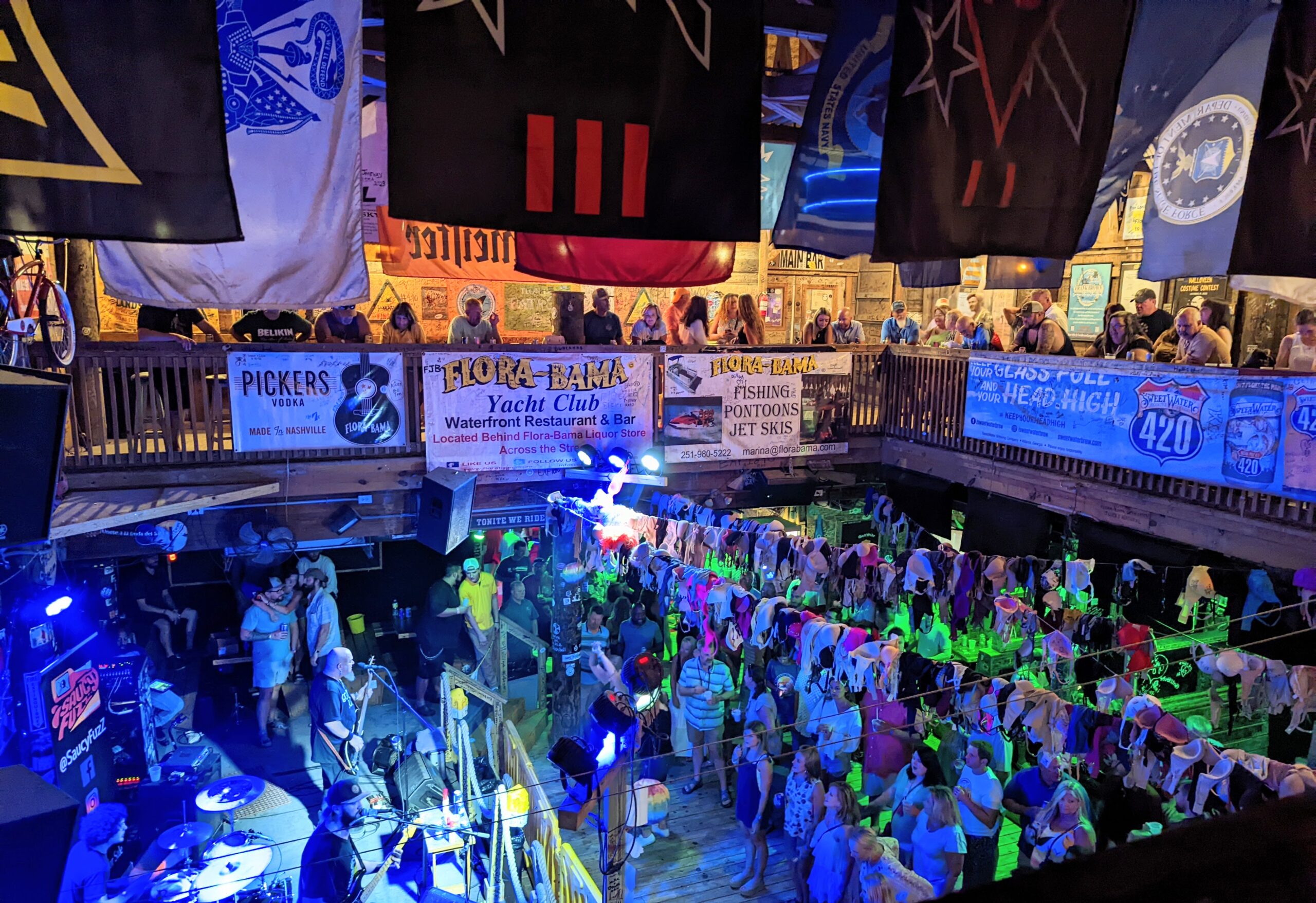
 The tournament director of Illinois’ only annual PGA Tour event will be leaving his post on a record high.
The tournament director of Illinois’ only annual PGA Tour event will be leaving his post on a record high.
Clair Peterson, who officially ends his 20-year stint leading the John Deere Classic, announced on Monday that this year’s Birdies for Charity program raised a record $13,908,668 for 481 participating charities in the Moline area. That total is $89,514 more than the previous record set in 2019
The Birdies for Charity program was established in 1971 and 98 percent of its $159.57 charity total was raised since John Deere assumed title sponsorship in 1998. Peterson is a 45-year John Deere employe.
“The annual charity announcement is the reason we exist – to help raise money for our local charities,’’ said Peterson. This year’s $13.9 million total works out to approximately $37 for each of the Quad Cities’ 375,000 residents, again making the tournament No. 1 in per capita contributions on the regular PGA Tour. The JDC has held that honor for more than a decade and Peterson’s role has been widely recognized.
“Clair is green and yellow (John Deere’s colors) though and through,’’ said Zach Johnson, the tournament’s 2012 champion and long-time board member as well as the current U.S. Ryder Cup captain. “His leadership and wisdom have taken the JDC to phenomenal levels.’’
J.T. Poston won this year’s tournament with a 21-under-par performance at TPC Deere Run, in Silvis, in July. He’s expected to defend his title from July 3-9, 2023.
BIANCALANA’S BIG FINISH: No one was better than veteran teaching professional Roy Biancalana during the climax to the Illinois PGA’s tournament season. Playing out of The Hawk Country Club in St. Charles, Biancalana won the IPGA’s Errie Ball Senior Player of the Year Award for the fourth time in five years.
Biancalana won two of the section’s four senior majors, repeating as the winner of the Match Play event. Though Kishwaukee’s David Paeglow took a wire-to-wire victory in the season-ending Senior Players Championship it was Biancalana who has the most to look forward to in 2023.
He’ll be the only IPGA player in the field for the KitchenAid Senior PGA Championship on May 25-28. That’ll be special, since it’ll be the first major championship to be contested at PGA Frisco – the new Texas home of the PGA of America. Biancalana earned his spot by finishing in the top 35 at the Senior PGA Professional Championship.
IWO’S RISING STAR: Jaravee Boonchant, playing without a practice round only hours after arriving from her native Thailand, won July’s Illinois Women’s Open at Mistwood, in Romeoville, by seven strokes in and she didn’t stop there.
Earlier this month Boonchant won the LPGA’s Epson Tour Championship, posting a record 23-under-par for 72 holes on the LPGA’s International Course in Florida.
HERE AND THERE: The University of Illinois men’s team held a No. 9 national ranking in the college polls after concluding its fall season with a third-place finish in the Isleworth Collegiate in Florida.
Chadd Slutzky, of Deer Park and Royal Fox Country Club in St. Charles, is the Chicago District Golf Association’s Player of the Year and Tim Sheppard, of East Peoria and Pekin Country Club, is the CDGA’s Senior Player of the Year. Sheppard became a three-time winner of that award.
Illinois’ representative in the PGA Junior League’s national championship again came out of Cog Hill, and this time the team made a strong run at the title in the 12- team finals in Scottsdale, Ariz. Led by Cog Hill teaching pro Kevin Weeks, the Illinois squad earned the No. 1 seed in match play before losing a tense semifinal match to Team California. Florida defeated the Illinoisans in the third-place match.
Winnetka native Brit Stenson has been elected president of the American Society of Golf Course Architects and Lake in the Hills architect Mike Benkusky is a new member of the board of directors.








